Trigno Avanti Sensor
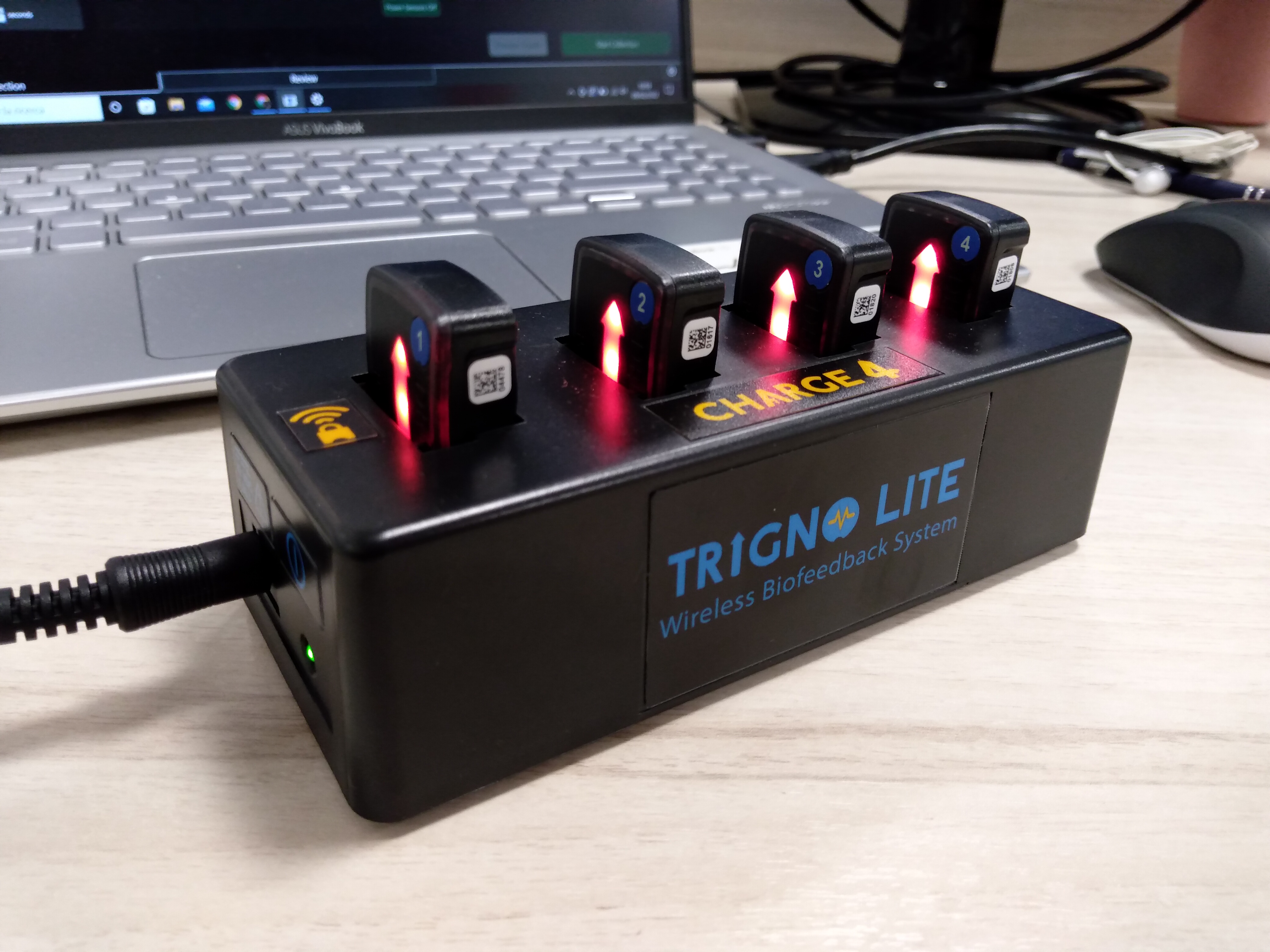
The Trigno Avanti Sensor is a device designed to make EMG (electromyographic) and biofeedback signal detection reliable and easy. The sensor transmits signals to a receiving base station using a time-synchronized wireless protocol that minimizes data latency across sensors. The core architecture of the Trigno System is designed to support high fidelity EMG signals, along with complementary biofeedback signals such as movement data, force signals, contact pressure events, timing, and triggering information. For mobile biofeedback applications, Trigno Avanti Sensors can also communicate with Bluetooth BLE 4.2 compliant host devices. The system is also capable of integrating with 3rd party lab equipment through a variety of interfaces including analog signal generation, triggering scenarios, and digital integration through the Trigno SDK (Software Development Kit) and the Trigno API (Application Program Interface).
System Components
- Trigno Avanti Wireless Sensors
- Trigno Base Station/Adapter
- Power Supply/Charger
- Adhesive Skin Interfaces
- USB Cable
- Windows PC
- Android Mobile Device (optional)
3D Systems Touch Haptic Interface
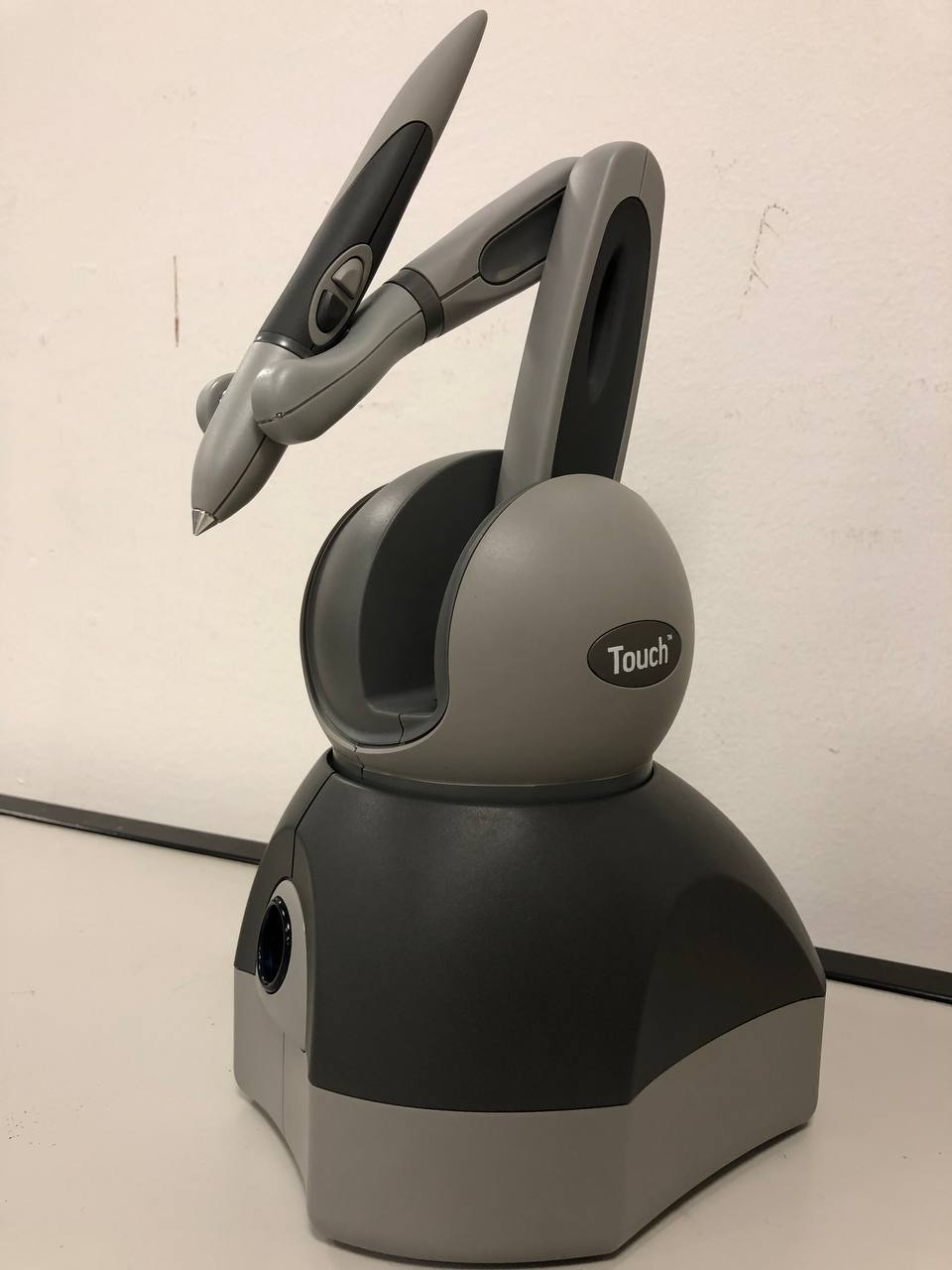
The 3D Systems Touch haptic interface is a mid-range, professional haptic device (slotting just under the more premium Touch X™) used in research, 3D modeling, OEM applications, and more. Touch is a motorized device that applies force feedback on the users’ hand, allowing them to feel virtual objects and producing true-to-life touch sensations as users manipulates on-screen 3D objects. Leading companies integrate Touch haptic devices into their work to achieve compelling solutions using the realistic sense of touch. You can use Touch haptic devices in diverse applications including simulation, training, skills assessment, rehearsal, virtual assembly, robotic control, collision detection, machine interface design, rehabilitation, mapping, and more. When used with the OpenHaptics® developer software toolkit, the Touch allows developers to design and deploy haptic programs rapidly, do mash-ups into existing applications, try out new ideas, and create haptically-enabled products. Touch is also sold as a component of Geomagic Freeform®.
Brain Computer Interface g.tec Unicorn
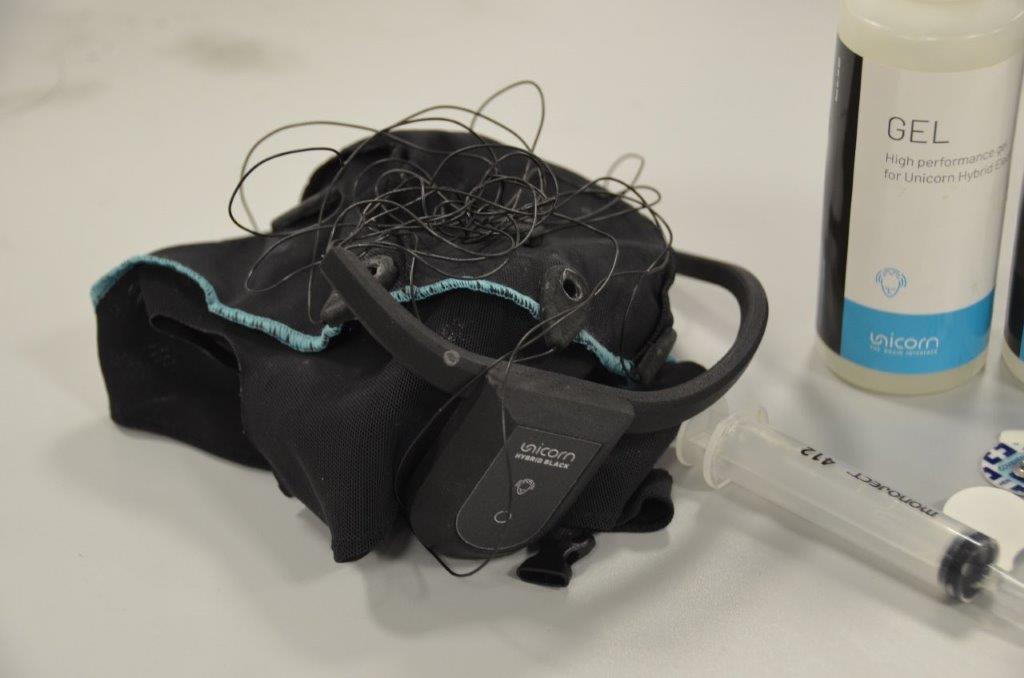
The g.tec Unicorn Brain Interface is a high-quality wireless EEG-headset for brain-computer interface (BCI) applications to perfectly acquire brain waves. The Unicorn Brain Interface allows developers, artists and makers to acquire and process brain signals, ranging from simple display of the signals, to design and control attached devices or interact e.g. with artistic installations, toys, computer programs or applications. Unicorn Brain Interface acquires EEG from eight Unicorn Hybrid EEG Electrodes and comes with the Unicorn Suite, the main software application for the Unicorn Brain Interface. The data is sampled with 24 Bit and sampled with 250 Hz per channel. The unique Unicorn hybrid EEG electrodes allow users to record dry or with gel which enables the usage for many different applications.
OUSTER Mid-Range High-Resolution Imaging Lidar
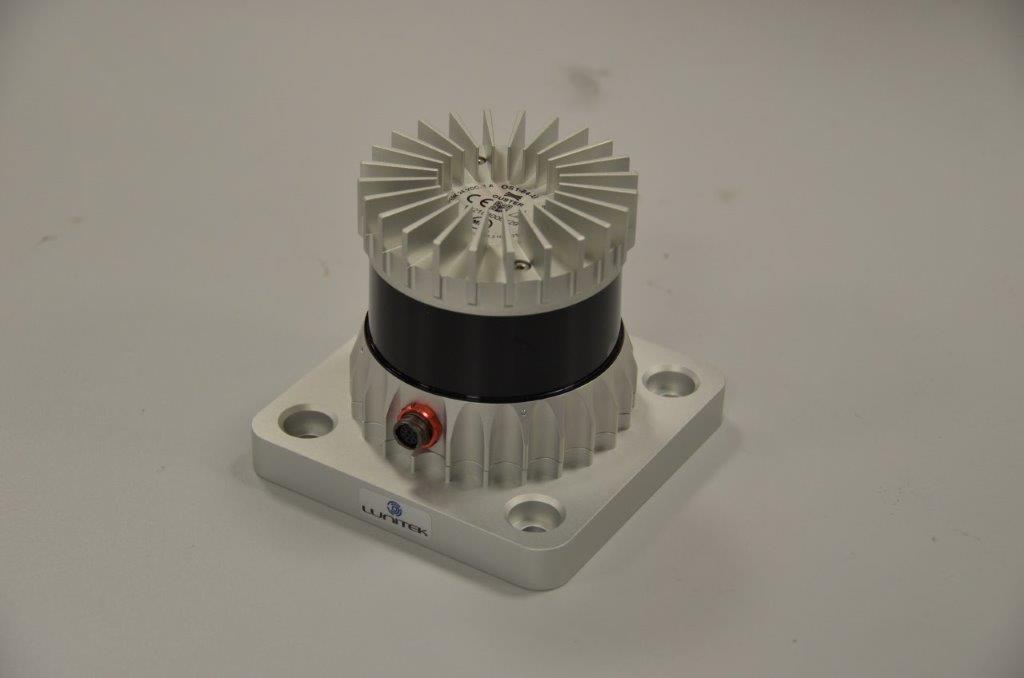
The OS1 offers an industry-leading combination of price, performance, reliability, size, weight, and power. It is designed for indoor/outdoor all-weather environments and long lifetime. As the smallest high performance lidar on the market, the OS1 can be directly integrated into robots, drones, and fixed infrastructure.
- Fixed resolution per frame
- Camera-grade near-infrared and intensity data
- Multi-sensor crosstalk immunity
- Fixed intrinsic calibration
- Open source drivers
- 2x data processing and date output power with the new L2X Chip
- Introducing Dual Return Mode
SBG Ellipse-E
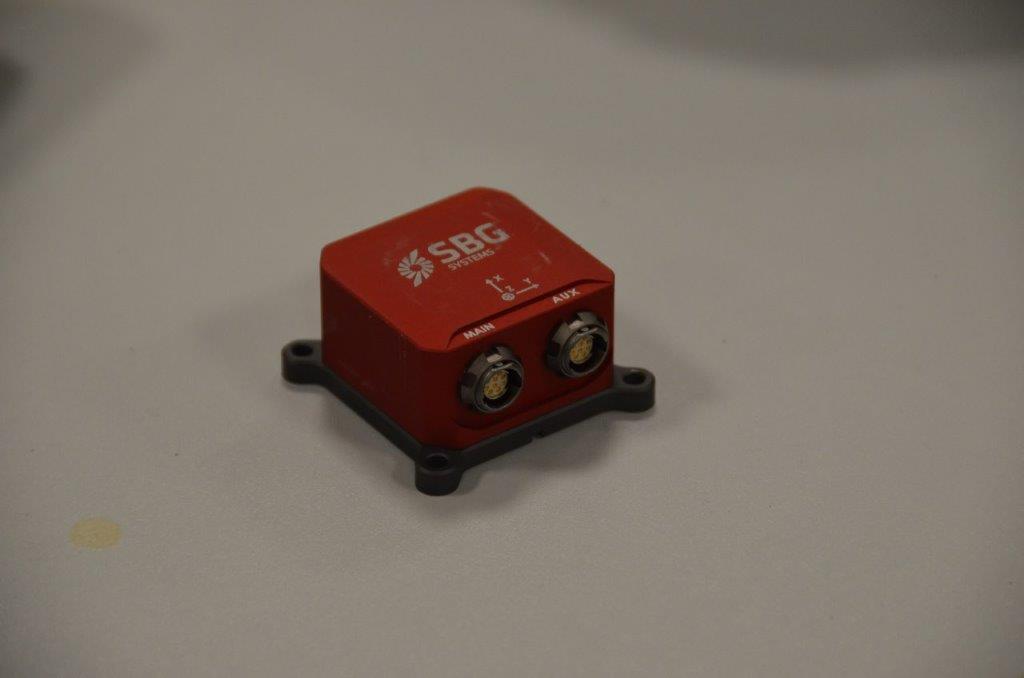
Ellipse-E is a versatile miniature Inertial Navigation Sensor that connects to external GNSS receiver to provide navigation data, and other sensors such as DVL or odometer. It’s best suited in case of specific GNSS integration or when wide interfacing capability is required. It provides roll, pitch, magnetic or GNSS heading, heave, and position.
- 0.05° Roll & Pitch (RTK)
- Magnetic or GNSS Heading
- Position depends on External GNSS
- 5 cm Real-time Heave
- Available in a Light Enclosure (OEM)
- Up to 5x RS232/422 serial ports
- Full Development Kit
- ROS Driver
Septentrio PolaNt-x MF
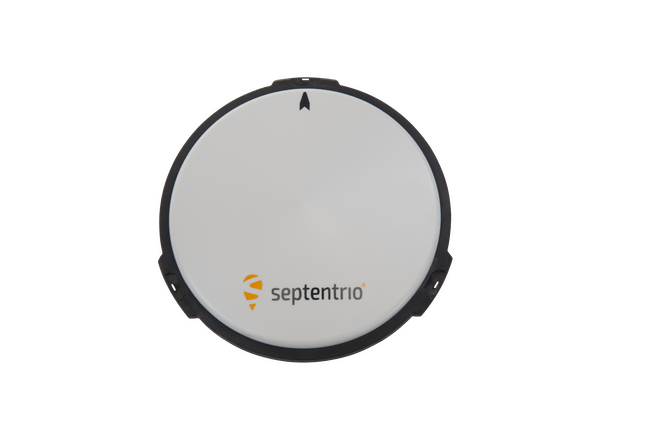
The PolaNt-x MF is a high-gain antenna incorporates low-noise amplifiers, enables multi-frequency GPS, GLONASS, Galileo, BeiDou, QZSS, NavIC, Compass and L-band signal reception.
The antenna is built into a rugged and environmentally sealed housing.
Intel RealSense Depth Camera D455
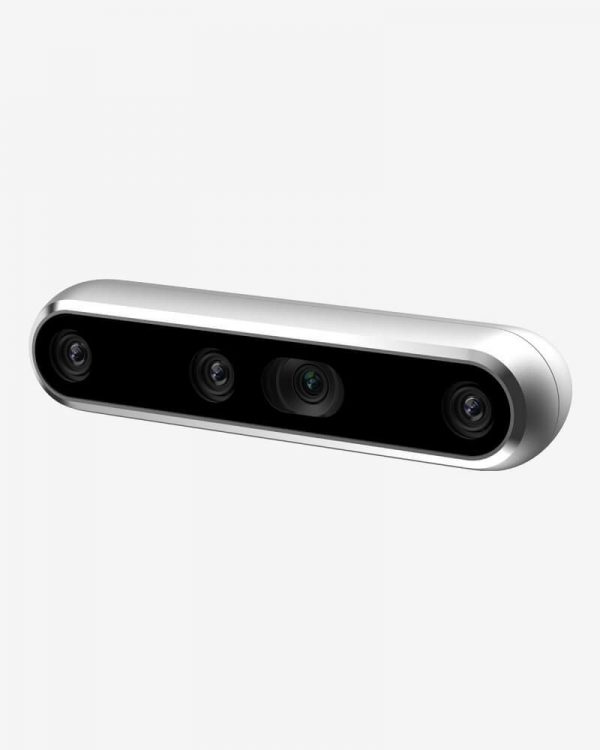
The Intel® RealSense™ Depth Camera D455 is an USB-powered camera that includes wider field of view depth sensors and a RGB sensor. The D455 extends the distance between the depth sensors to 95 mm which improves the depth (Z) error* to less than 2% at 4 m.
To improve the RGB image and the correspondence between the depth and RGB images, the RGB sensor includes a global shutter and is matched to the depth FOV with both having an 86° field of view.
The D455 uses the open source Intel RealSense™ SDK 2.0 making it easy to switch from previous RealSense cameras to the D455.
Included in the starter kit: Vision Processor D4, Depth Module D450, Bosch BMI055 IMU, 1m USB3 C to A cable and a mini tripod
Brain Computer Interface EMOTIV EPOC
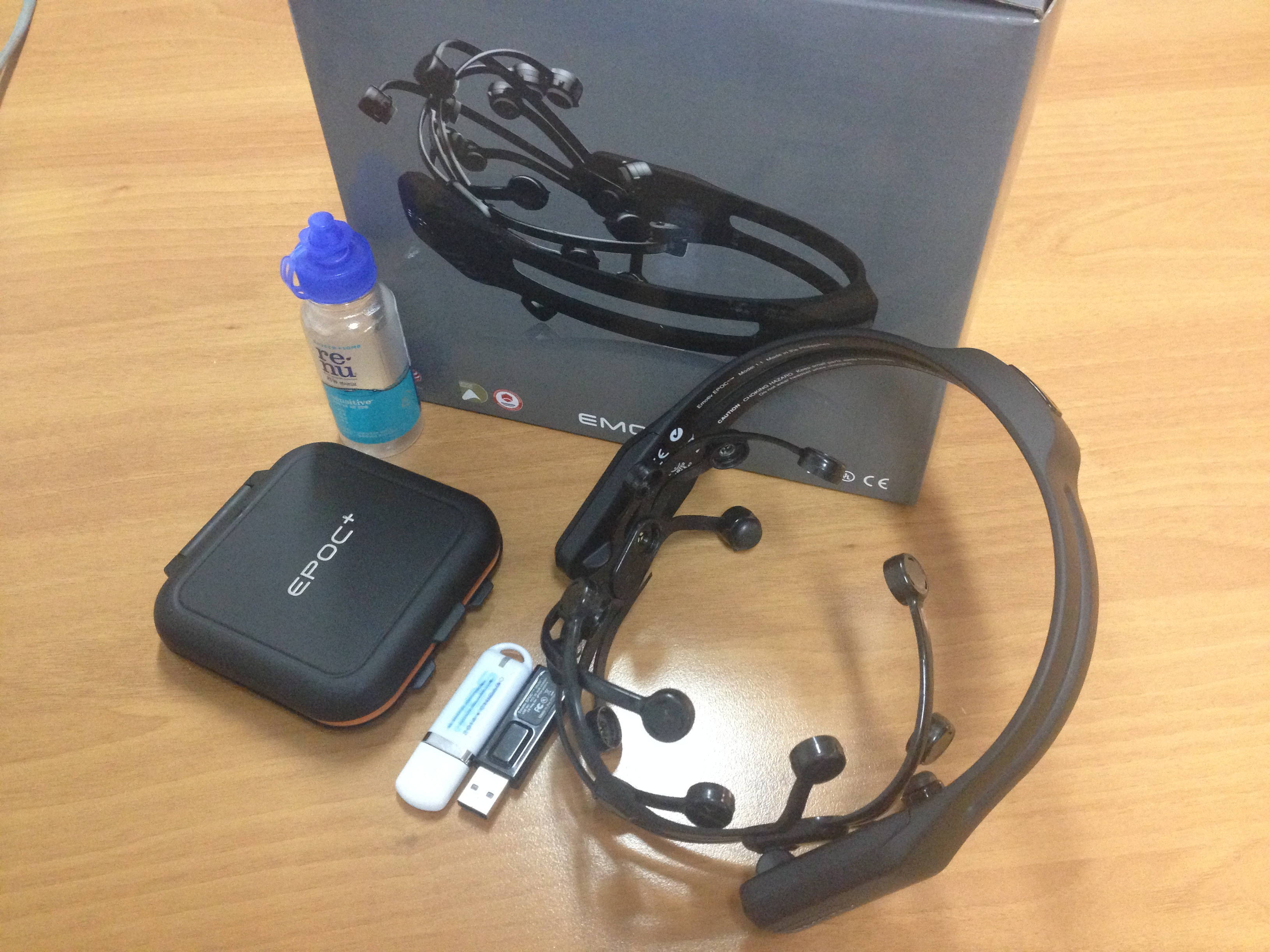
The EMOTIV EPOC is a revolutionary Brain Computer Interface offering a high resolution, multi-channel, portable system which has been designed for practical research applications, provides access to dense array, high quality, raw EEG data from the Neuroheadset and a proprietary software toolkit that exposes several detection libraries: Mental Commands, Performance Metrics and Emotional States and Facial Expressions.
Xbox One Kinect

The Kinect for Xbox One is a device that can be utilized by the console’s user interface and games, providing a motion controller system that uses an infrared array to detect the presence and motions of players, a speech recognition system, and a microphone and video camera that can be used to record and stream video footage.
The new Kinect features improved motion tracking and voice recognition functionality over its predecessor, including a wider field of view, the addition of a 1080p resolution camera, the ability to track up to six bodies at once, and the ability to track a player’s heart rate amongst other features.
The device features a 512×424 pixel time-of-flight camera; the new sensor has an increased field of view, reducing the amount of distance needed between the player and the sensor needed for optimal Kinect performance. In comparison to the 2.4 m minimum of Kinect for Xbox 360, Microsoft recommended a minimum distance of 1.37 m.
